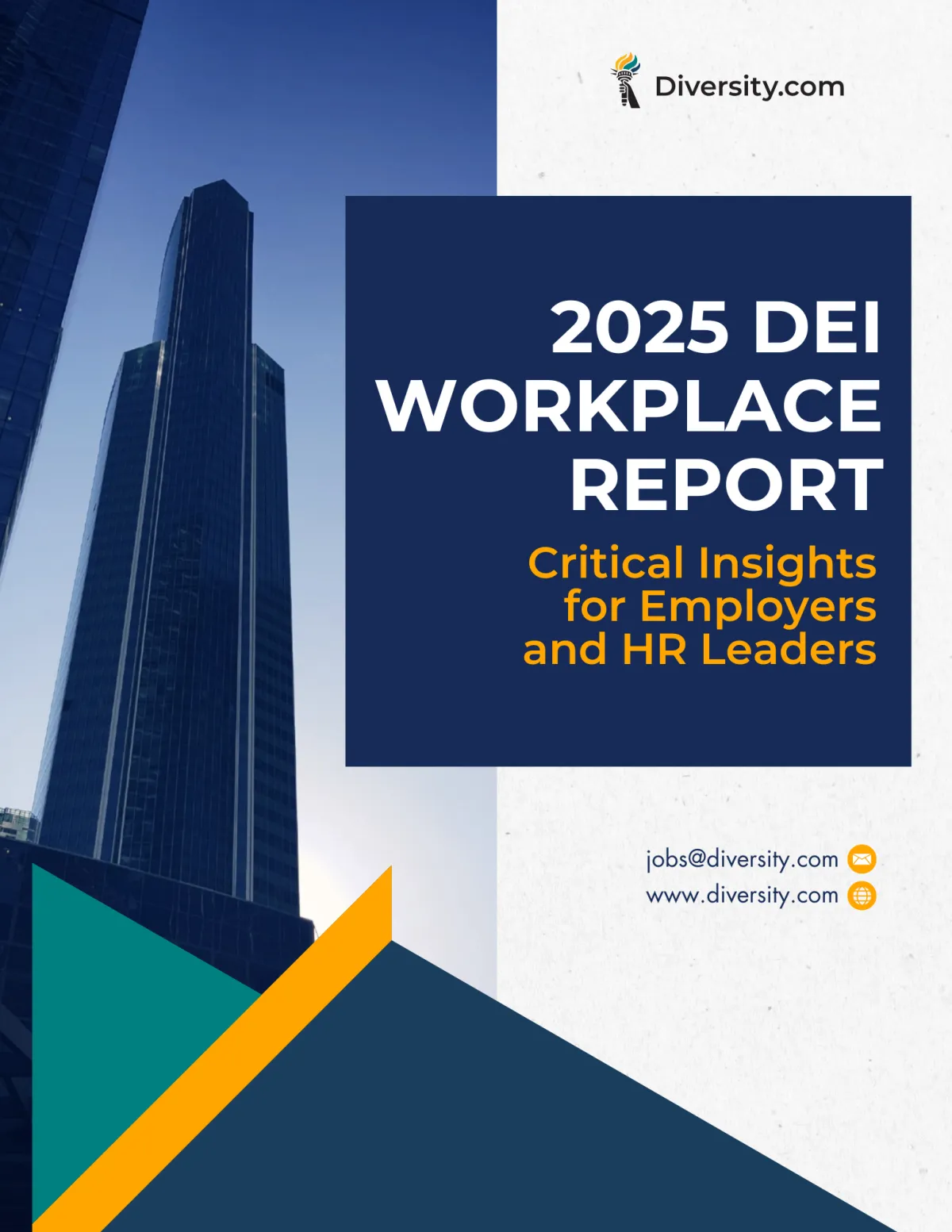
Life After Affirmative Action: How Schools Are Prioritizing Socioeconomic Diversity
The end of race-conscious admissions has forced colleges and universities across the U.S. to reexamine how they pursue diversity.
With the Supreme Court’s decision to ban affirmative action, many institutions are turning their attention to socioeconomic diversity as a potential path forward.
But can income-based strategies replace race-based ones?
And what does this shift mean for inclusion, access, and equity in higher education?
Policy Changes Driving the Shift
In June 2023, the Supreme Court ruled against the use of race in college admissions.
By 2025, the effects are deeply felt: admissions offices are revising policies, reviewing legacy advantages, and seeking new ways to promote fairness.
According to Inside Higher Ed, early data already show a decrease in racial diversity at several selective institutions (Knox, 2024).
In response, schools are testing new methods—with socioeconomic status becoming one of the most common proxies for race.
Socioeconomic Diversity as the New Focus
Some colleges are removing standardized testing requirements, expanding outreach to rural or low-income communities, and increasing financial aid to students with demonstrated need.
While these strategies increase access for some, they do not guarantee racial diversity.
As Road2College notes, income and race do not always overlap, and relying solely on economic hardship can leave racial representation behind (Road2College, 2025).
Challenges with Proxy Diversity
Using socioeconomic status as a stand-in for race comes with trade-offs:
It may unintentionally reinforce existing racial gaps if outreach doesn’t explicitly prioritize communities of color.
It may benefit low-income white applicants while leaving BIPOC students behind.
It requires more nuanced, holistic admissions models that few schools are currently equipped to manage.
Sector Applications
Universities
Admissions teams are under pressure to demonstrate inclusive intent while complying with legal constraints.
Some are increasing partnerships with community colleges or eliminating legacy admissions preferences.
Nonprofits
Scholarship providers and access programs are adapting criteria to prioritize first-generation college students and those from under-resourced schools.
Government Agencies
Public education funding is being redirected to support need-based access rather than race-conscious pathways. Policymakers are watching closely to ensure compliance and mitigate disparate impact.
Conclusion
Socioeconomic diversity is not a one-size-fits-all solution, but it may offer one piece of a more complex puzzle.
The real challenge is ensuring that inclusion efforts don’t become race-neutral in name only.
Access without representation isn’t equity.
And schools that want to stay mission-aligned will need to move carefully, and creatively, in this new era.
How Diversity.com Helps You Build a More Inclusive Workforce
At Diversity.com, we connect forward-thinking employers and job seekers who are committed to inclusion, equity, and creating meaningful change across all dimensions of diversity.
Whether you are strengthening your DEI strategy, expanding career opportunities, or building cultures where all identities and experiences are valued, we provide the tools, resources, and insights you need to lead with purpose.
For Employers & HR Leaders:
✔ Create a free employer account — Post open roles and hire with intention. Choose from flexible options: single listings, job credit packs, or subscription plans.
✔ Access a diverse talent network — Connect with professionals across backgrounds, experiences, and identities to drive workplace innovation.
✔ Stay ahead with DEI insights — Explore timely articles, hiring best practices, and workplace inclusion trends.
For Job Seekers:
✔ Search jobs with inclusive employers — Find opportunities where equity, belonging, and authenticity are priorities.
✔ Create a free job seeker account — Apply to roles that align with your values, experiences, and aspirations.
✔ Learn more about workplace inclusion — Access tips, resources, and real-world guidance to navigate your career with confidence.
We believe in a future where every career journey and every hire moves us closer to true equity.
Start building with Diversity.com.
If you have any questions or need assistance, feel free to Contact Us Here. Our dedicated support team is ready to help!
Related Articles
Tokenism at Work: How to Spot It and Replace It With Real Inclusion
Burnout, Identity, and Inclusion: Why Mental Health Strategies Must Address More Than Workload
Federal DEI Rollbacks and Their Impact on LGBTQ+ and Disabled Workers
Community Over Compliance: How Nonprofits Are Adapting DEI in 2025
The Intersection of Socioeconomic Status and Career Advancement
Invisible Disabilities in the Workplace: How Inclusive Employers Can Provide Real Support
Single Parents in the Workforce: Addressing Caregiving Bias in Inclusive Workplaces
2025 Shareholder Votes Reject Anti-DEI Proposals at Levi’s, Goldman Sachs, and More
Sources & References
Knox, D. (2024, September 6). Early look at racial diversity post-affirmative action. Inside Higher Ed. https://www.insidehighered.com/news/admissions/traditional-age/2024/09/06/early-look-racial-diversity-post-affirmative-action
Road2College. (2025, March 18). What colleges are doing after the affirmative action ban. https://www.road2college.com/college-affirmative-action-3-18-2025/
Town & Country. (2025, April 15). How economic hardship is shaping college admissions in 2025. https://www.townandcountrymag.com/society/money-and-power/a64127985/college-admissions-economic-hardship-diversity/

